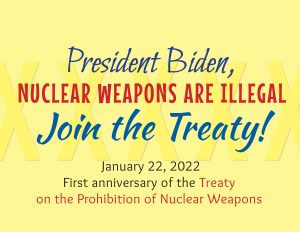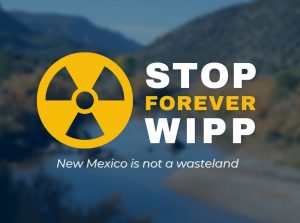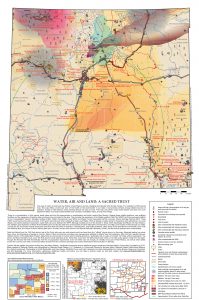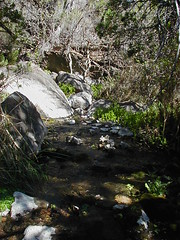NRC and DOE Activities for High-Level Waste Disposal
CCNS NEWS UPDATE
Runs 10/24/14 through 10/31/14
(THEME UP AND UNDER) This is the CCNS News Update, an overview of the latest nuclear safety issues, brought to you every week by Concerned Citizens for Nuclear Safety. Here is this week’s top headline:
* NRC and DOE Activities for High-Level Waste Disposal
On October 16th, the Nuclear Regulatory Commission (NRC) staff released one of the five volumes of its Safety Evaluation Report for the licensing of the proposed Department of Energy (DOE) Yucca Mountain high-level radioactive waste repository. http://www.nrc.gov/reading-rm/doc-collections/nuregs/staff/sr1949/v3/ The technical inadequacies of the site have been detailed for years by the State of Nevada, and the NRC licensing board has admitted more than 200 safety and environmental impact issues that were not addressed in the NRC staff report. The vast majority of Nevadans oppose Yucca Mountain, and DOE now states that the site should not be used. Congress has not provided the tens of millions of dollars to complete the licensing process.
In related news, Allison M. Macfarlane, NRC Chairperson, announced that she plans to leave the Commission to become the Director of the Center for International Science and Technology Policy at the George Washington University, effective January 1, 2015. She has served as chair since July 2012.
And this week DOE released an “Assessment of Disposal Options for DOE-Managed High-Level Radioactive Waste and Spent Nuclear Fuel.” The report looks at three options for the permanent disposal of the dangerous waste managed by DOE at the Savannah River Site in South Carolina, the Idaho National Laboratory, and the Hanford site in southeast Washington state, all located in major watersheds.
The options considered are to dispose of all the waste in one common repository; to dispose of some of DOE’s waste in a separate mined repository; and to dispose of the waste in deep boreholes. The preference is for a separate repository and for some research on deep boreholes.
DOE’s high-level waste is primarily from reprocessing of nuclear reactor fuel to extract uranium and plutonium for nuclear bombs. Its spent nuclear fuel is from nuclear production reactors and naval propulsion reactors. DOE estimates that its high-level and spent nuclear fuel waste is more than 26,000 cubic meters, which is much less volume than the commercial spent fuel that is supposed to go to Yucca Mountain or to other deep geologic disposal sites.
Nevertheless, DOE states that the alternatives considered in the report are “based on technical and programmatic considerations and do not include an evaluation of relevant regulatory and legal considerations.” They add that the report is not “a determination of the legal permissibility” for specific options. CCNS questions why DOE spent taxpayer funds to conduct such an analysis, which historically has been technically inadequate and contentious, without taking the regulatory and legal issues into consideration.
Joni Arends, of CCNS, said, “These recent events demonstrate that the federal agencies are again trying to determine where DOE’s dangerous high-level waste will be disposed. It’s time to get involved.”
This has been the CCNS News Update. To learn more, please visit our website at nuclearactive.org.
Tags: Allison M. Macfarlane, DOE, high-level waste, NRC, Yucca Mountain















Comments
No comments so far.